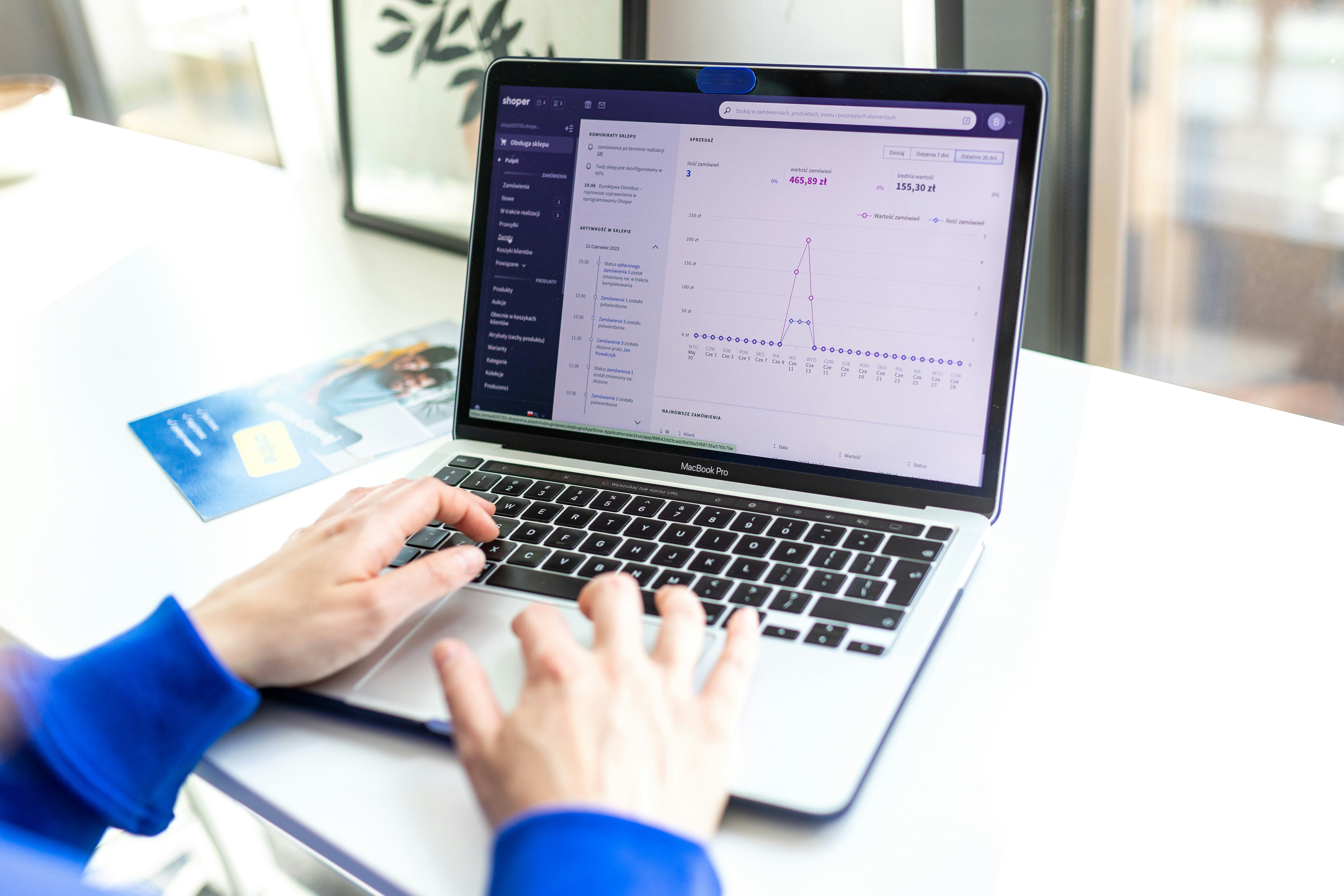
The Best Ways To Detect And Prevent Financial Fraud In Online Transactions
Online payments sometimes carry hidden risks, and fraud often arrives without warning. Unexpected charges may appear on your statements, or you could receive convincing emails that seem genuine at first glance. Recognizing the warning signs of financial scams allows you to act quickly before any damage occurs. By understanding how fraudsters operate, you can stay alert to suspicious activity and protect your finances with greater confidence. Taking the time to educate yourself about common scams makes it easier to avoid falling victim and ensures that your hard-earned money remains secure in the digital world.
Advertisement
We’ll walk through the most common tricks fraudsters use, simple steps you can take to spot shady actions, and easy habits to block scams before they happen. You won’t need special training—just a bit of know-how and a sharp eye.
Common Types of Online Financial Fraud
One widespread trick involves stolen card details. Criminals grab credit or debit numbers from data breaches, then buy items or drain accounts. They might test small amounts first before making a big purchase.
Another scam uses fake payment requests. You might see a text or email claiming to come from a platform like PayPal or Stripe. It asks you to log in through a link that steals your password.
Spoofed websites also cause trouble. Scammers build pages that look like real shopping sites or banking portals. You enter your login info, and they capture it instantly.
Some fraudsters will even call you directly, pretending to be from your bank. They’ll ask for your account or routing number, then move funds out of your account.
How to Detect Fraudulent Transactions
- Check statements daily. Review your bank or card statement every day. Spot odd charges quickly and report them before they turn into big losses.
- Enable alerts. Turn on notifications for purchases over a specific amount. If someone attempts a large transaction, you’ll get a message immediately on your phone.
- Verify vendor details. When you see a charge you don’t recognize, call the company's official support line. Do not use the link or phone number in the suspicious message.
- Watch for unusual login spots. Many services show you recent login locations. If you see a city you’ve never visited, someone might have stolen your credentials.
- Inspect emails carefully. Scammers often tweak real email addresses by changing a letter or two. Hover over links to see the actual URL before clicking.
- Use secure Wi-Fi. Public networks can expose your data to eavesdroppers. Stick to password-protected or cellular connections when making payments.
Key Prevention Strategies
- Keep software updated. Install updates for your device and apps as soon as they arrive. Patches fix vulnerabilities hackers might exploit.
- Use strong passwords. Choose phrases with letters, numbers, and symbols. Avoid using the same password across multiple sites.
- Turn on two-factor authentication (2FA). Even if someone steals your password, they cannot log in without the extra code sent to your phone.
- Store information securely. Don’t save card details on every website. Keep them only on services you use daily and trust completely.
- Shred old statements. Paper copies can reveal account numbers. Tear or shred them before disposing of them.
- Educate everyone around you. Share what you learn about scams with friends and family. A small tip might help someone else stay safe.
Tools and Technologies for Fraud Monitoring
Many banks include fraud-detection tools within their apps. They identify unusual spending patterns or high-risk locations and often allow you to freeze a stolen card with a tap.
Advanced platforms like PayPal and Stripe use machine learning to detect new scam techniques. These systems compare current transactions to millions of past cases instantly.
You can also add browser extensions that warn you about risky sites. These tools check website certificates and block pages known for phishing.
If you run an online store, consider using a fraud-scoring service. It gives each order a risk score based on the buyer’s info, device fingerprint, and location history.
Best Practices for Consumers and Businesses
Consumers should set purchase limits on their cards. This way, an unauthorized charge cannot exceed a threshold you specify. You can usually adjust limits in most banking apps.
Small businesses can require managers to approve large refunds or payouts. Having two people check reduces internal fraud or accidental overpayments.
Both consumers and companies benefit from regular audits. Review transaction logs each month and mark anything that seems unusual. Even a simple spreadsheet can help you notice patterns.
Encourage everyone in your circle to use dedicated payment cards for online shopping. Keeping your main account separate from riskier purchases reduces potential damage if a card gets compromised.
Stay alert and use these methods to prevent fraud. Taking simple actions now can avoid problems later.
Advertisement